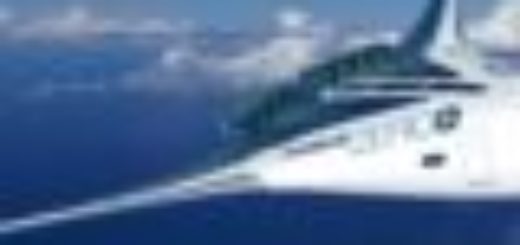NZ and AU Air Force reflect on completion of submarine hunting exercises

“The amount of communication and coordination that occurs in order to find the target safely and effectively is impossible to simulate.”
This is how Corporal Ryan Vincent, an Air Warfare Specialist with the Royal New Zealand Air Force (RNZAF), summarized the completion of its Anti-Submarine Warfare Exercise (ASWEX) conducted alongside the Royal Australian Air Force (RAAF).
“These targets are really good at evading us,” he added. “But it’s good for our training.”
The ASWEX, which concluded on May 1, 2025, off the West Australian Coast, was the largest and most complex anti-submarine exercise that the RAAF and RNZAF have conducted in 10 years. Six warships, four advanced multi-mission MH-60R Seahawks, RAAF and RNZAF Poseidon P-8 aircraft and a Collins-class submarine were put through their paces during the month-long exercise.
Also involved in the exercise were Royal Australian Navy vessels HMAS Hobart, HMAS Choules and four Anzac class frigates – Warramunga, Stuart, Toowoomba and Arunta – which at various times acted as either friendly or enemy forces for the submarine, HMAS Farncomb.
During the ASWEX, RNZAF acted as the fixed-wing asset tasked with finding the enemy submarine.
RNZAF’s Corporal Vincent is one of two acoustics operators on the P-8A, who interpreted data from sonobuoys dropped from the aircraft into the ocean and were used by the crew to track the submarine.
Vincent said that having Australian allies close by was “useful” as it provided an opportunity for the RNZAF to train with the RAAF and their capabilities.
Talking about the exercise involving dropping sonobuoys, Vincent said: “We can also hear it [sonobuoys] as a ping, which does sound quite cool. We’ve got a couple of different sonobuoys, one of which sends out a signal and we hear a return ping when it’s acquired the target. It sounds like how you hear it in the movies.”
Internal communications were at a “high tempo” during the training, with information continually being passed to the Tactical Coordinator, Vincent added.
“There is a lot of flying in a live warfare scenario that you don’t really get in the simulator, which is tightly controlled. In the real world, everything is a little bit more unpredictable, some things might fail, some things might be lost – you might be right on top of the contact, but not be able to hear it,” he said.
More than 1,300 Australian Defence Force (ADF) personnel took part in ASWEX, participating in high-level and intense exercises that ADF assets cannot undertake when operating independently.
“It’s very different operating on your own compared to operating in a task group. The complexity involved in these operations demands a higher level of awareness, communication and cooperation,” said Commander Australian Maritime Task Group Captain Darin MacDonald.
Over the course of ASWEX, Defence personnel carried out a series of demanding activities to sharpen the tip of the nation’s spear, ensuring a high level of maritime mastery.
“That’s everything from helicopter operations and sea-boat operations between ships to transfer personnel or stores, doing officer-of-the-watch manoeuvres, ship handling, station keeping, task group gunnery, air space and water space coordination and maritime joint fires,” MacDonald said.
“These activities give us the opportunity to rehearse and focus on some of those cooperative skill sets,” MacDonald continued.
RELATED
Trump’s new plane: Take a peek inside the Boeing 747-8 private jet
The post NZ and AU Air Force reflect on completion of submarine hunting exercises appeared first on AeroTime.
“The amount of communication and coordination that occurs in order to find the target safely and effectively is…
The post NZ and AU Air Force reflect on completion of submarine hunting exercises appeared first on AeroTime.





